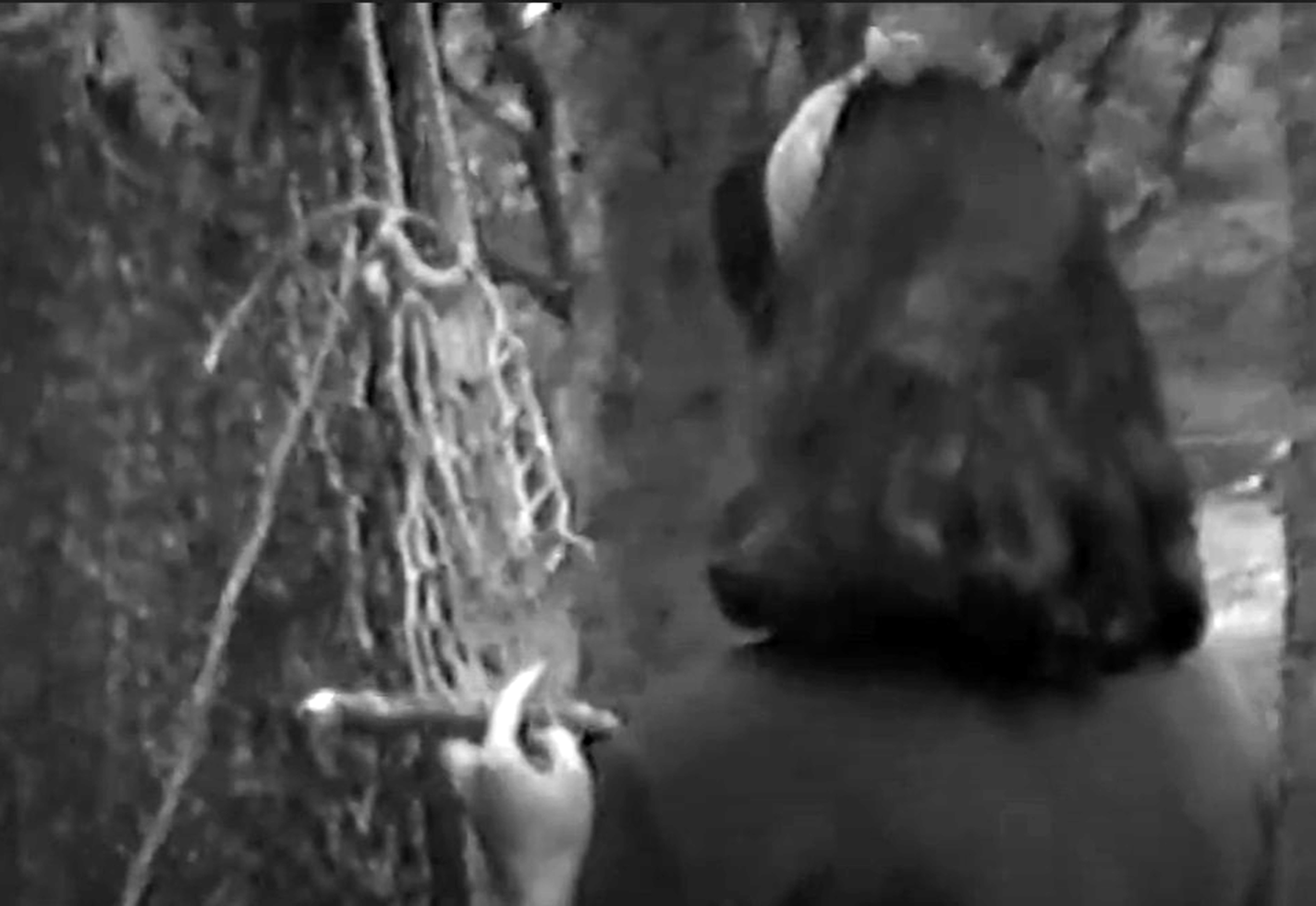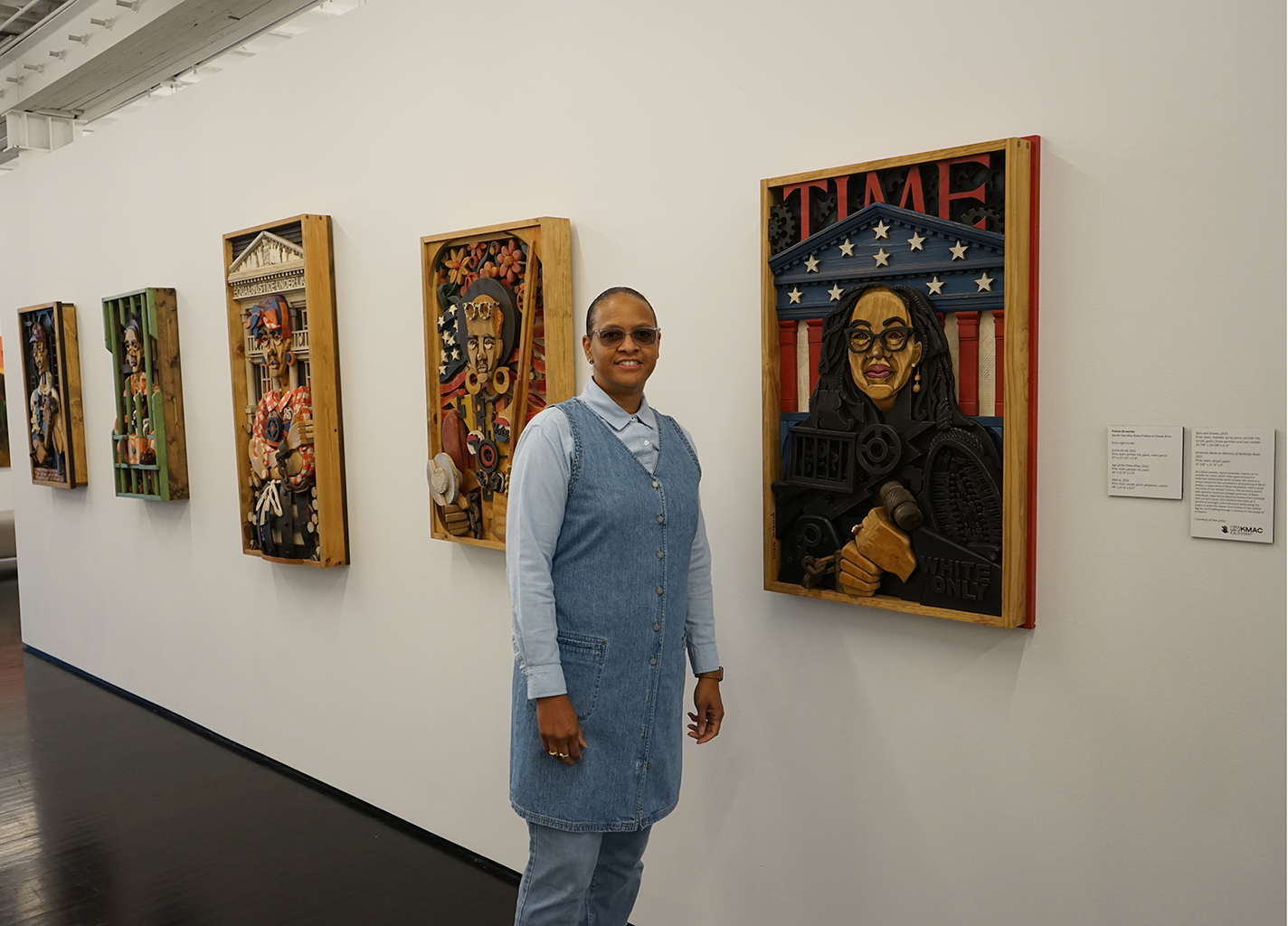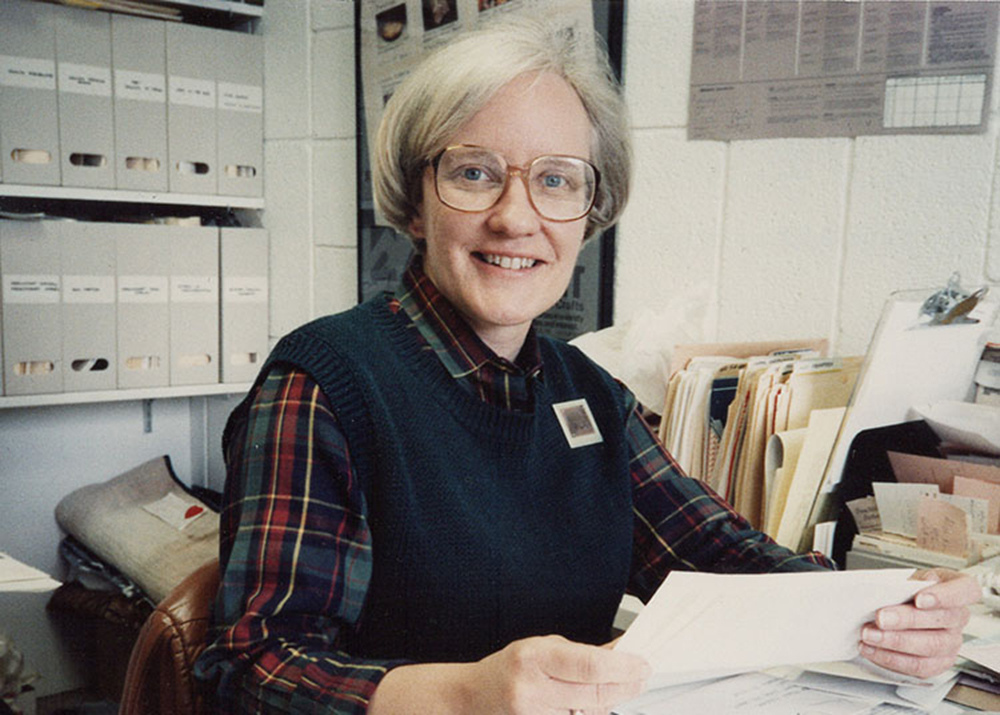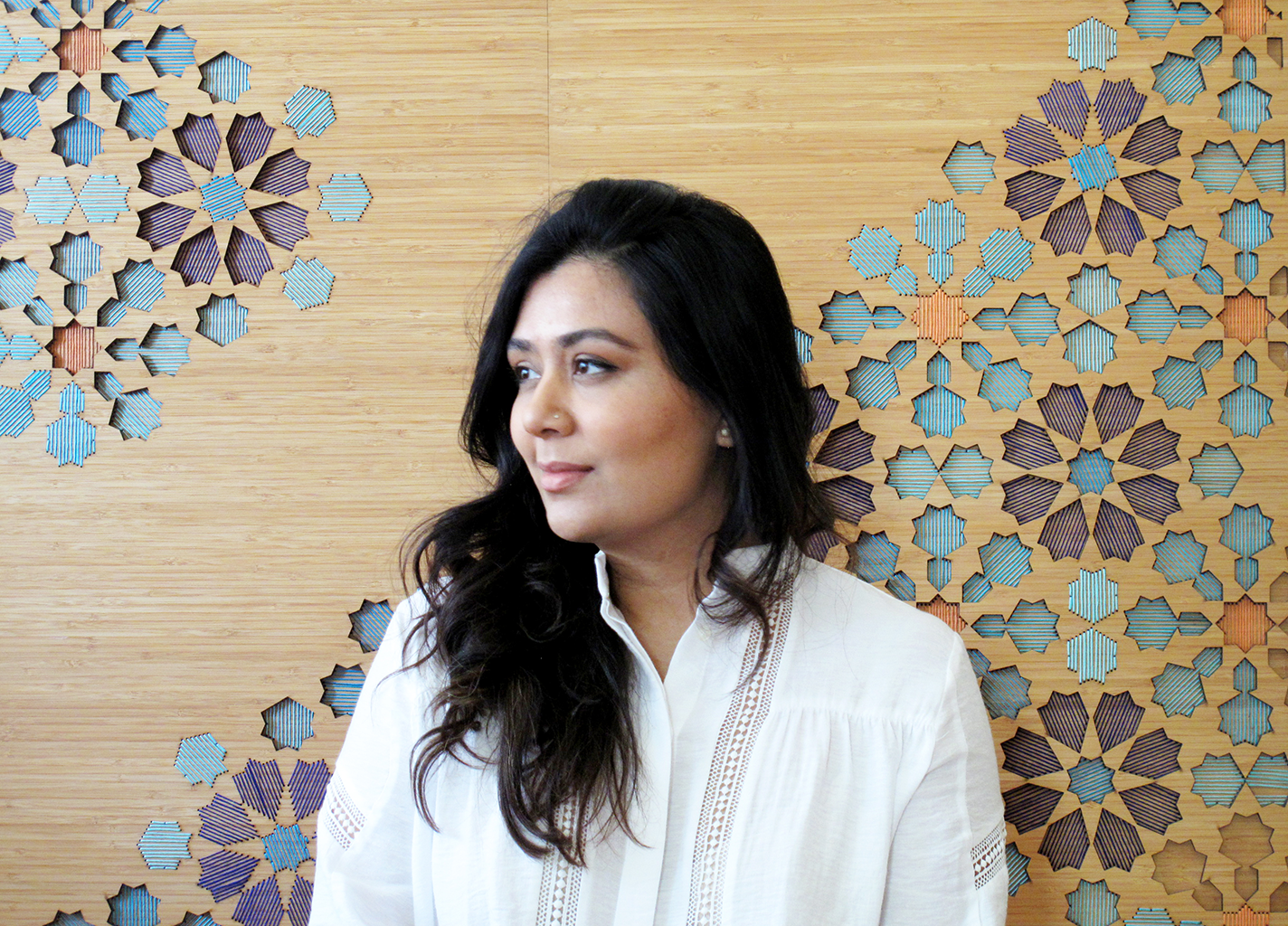Curators Julie J. Thomson and Michael Beggs hope their upcoming exhibition, Weaving at Black Mountain College, will shine a new light on the legendary Asheville, North Carolina, experiment in higher education. “There are famous people who went to Black Mountain College—Robert Rauschenberg, Ray Johnson, and Ruth Asawa are probably the most famous among the artists—but when you focus on weaving, a whole different college emerges,” Beggs told me.
Consisting of more than 100 objects—including textiles, material studies, and photographs—the show promises to demonstrate that weaving was an integral part of Black Mountain’s educational mission and its culture, becoming one of its most successful design programs and shaping thinking about textile and design nationwide.
Just before influential designers Josef and Anni Albers left Germany in 1933—when the Bauhaus, where they taught, closed under pressure from the Nazis—Josef wrote to inform one of his future colleagues at the new Black Mountain College, “My wife will bring her loom.” Despite the fact that this new college was not an art school per se, he continued, “She thinks she can give students an understanding of weaving materials and practices and perhaps some lessons.”
Those modest aims developed into a program where students learned both theory and practice under the guidance of faculty members including Trude Guermonprez, Marli Ehrman, and Tony Landreau. Weaving was a serious course of study: almost 10 percent of all the students to ever come through Black Mountain until it ceased teaching classes in 1956 took at least one course in the discipline—including Rauschenberg and Johnson. (Surprisingly, Asawa did not study weaving at the college, though a few of her works are included in the show; among them is a swatch of mattress ticking based on a drawing made using a laundry stamp.)

Students weaving on backstrap looms at Black Mountain College, 1945.







